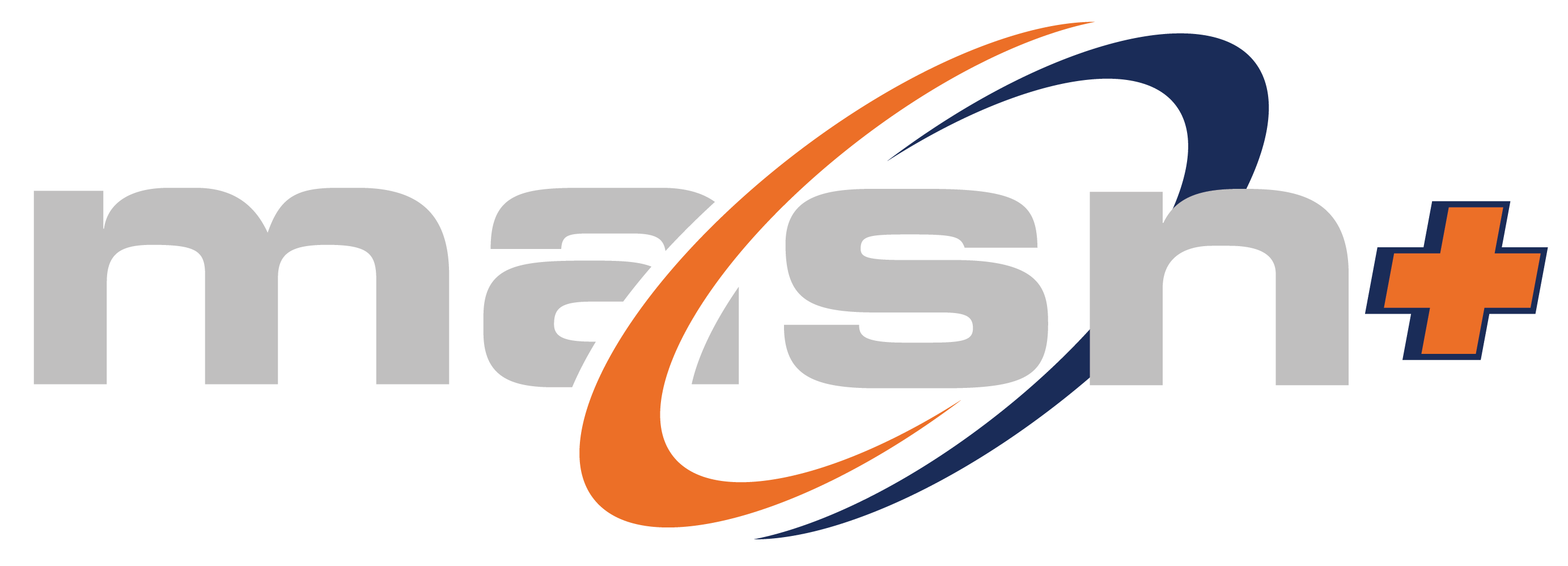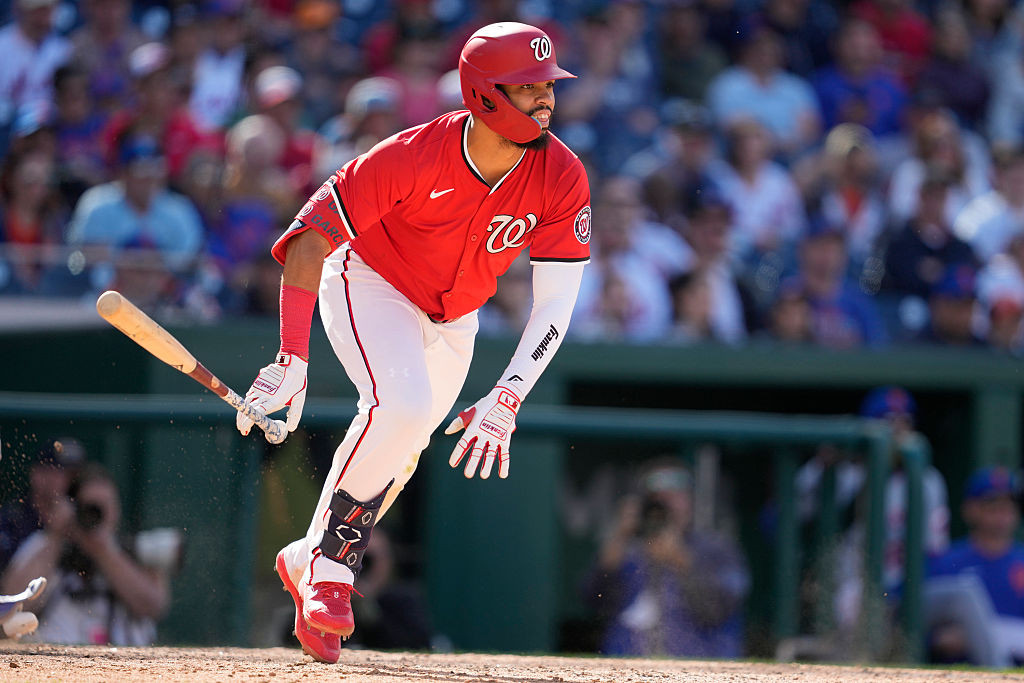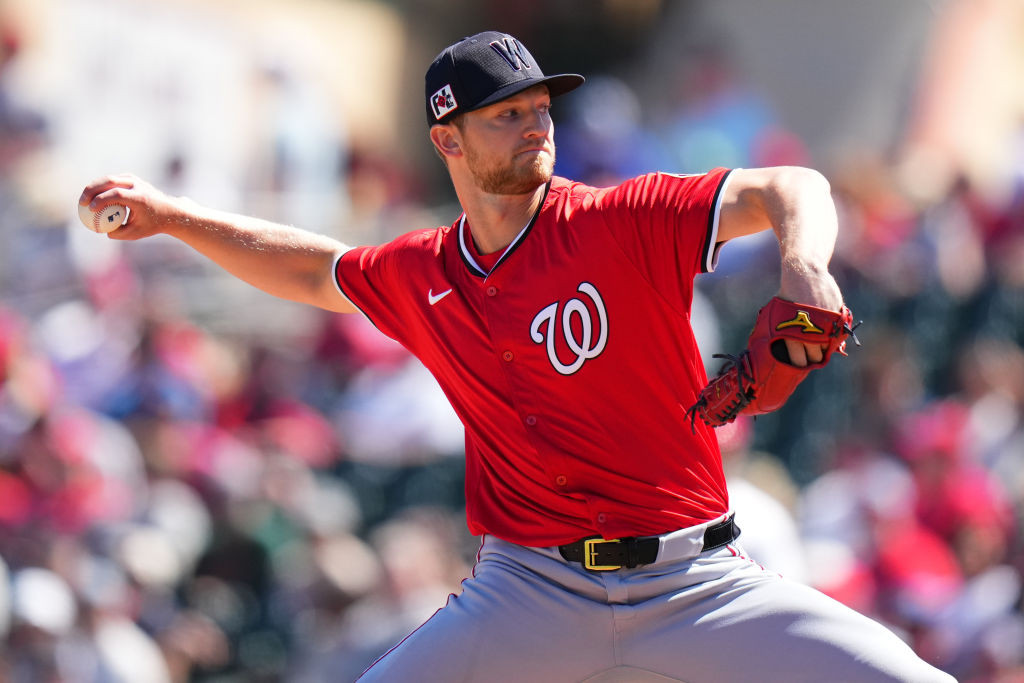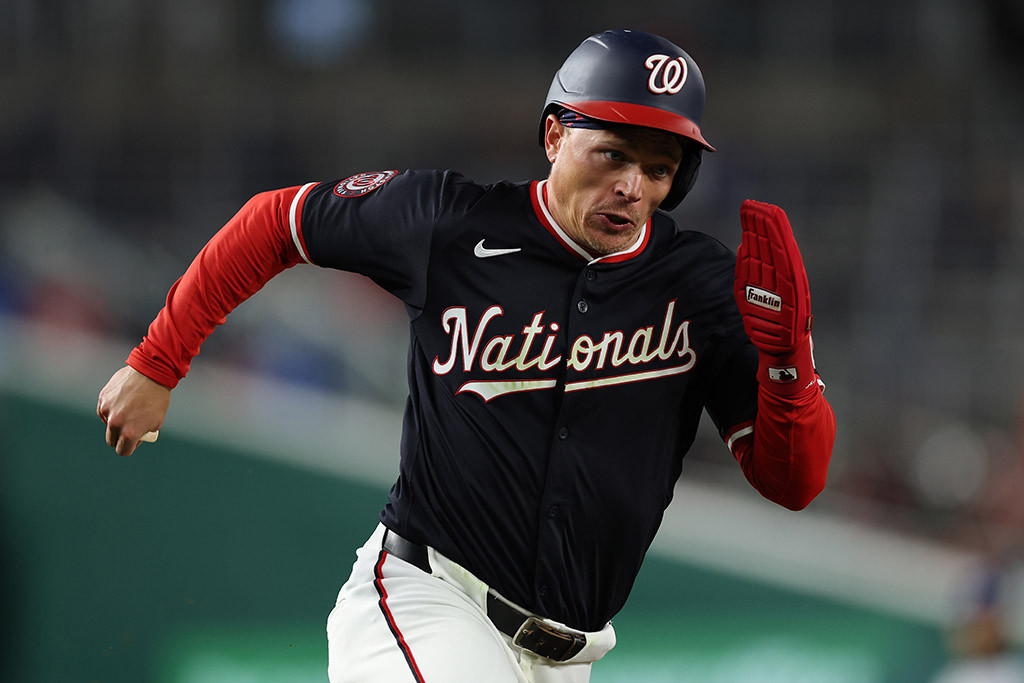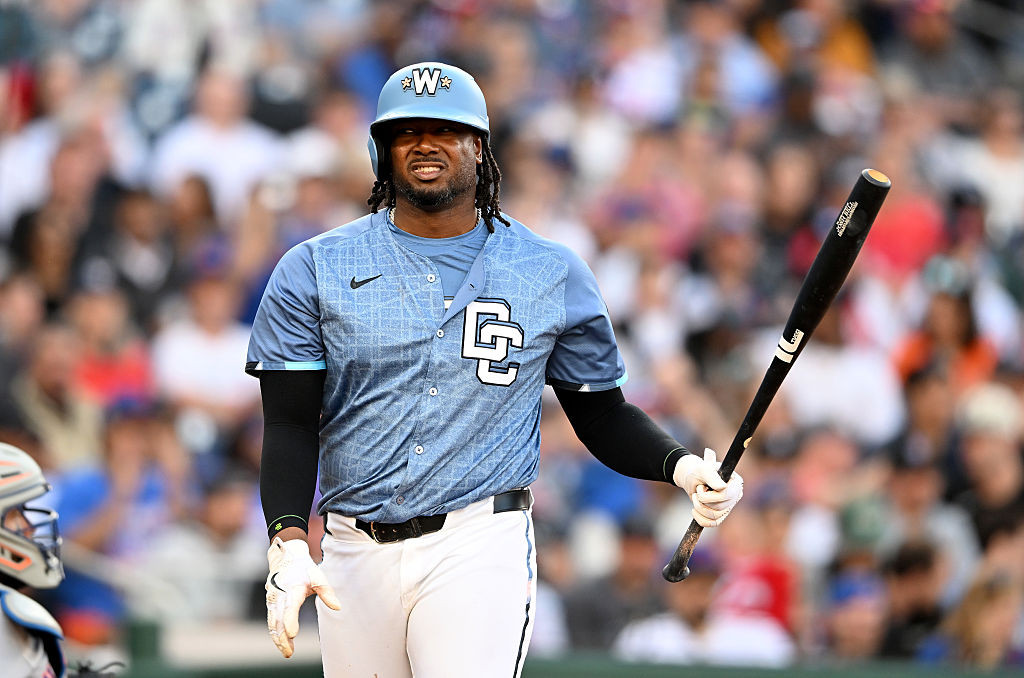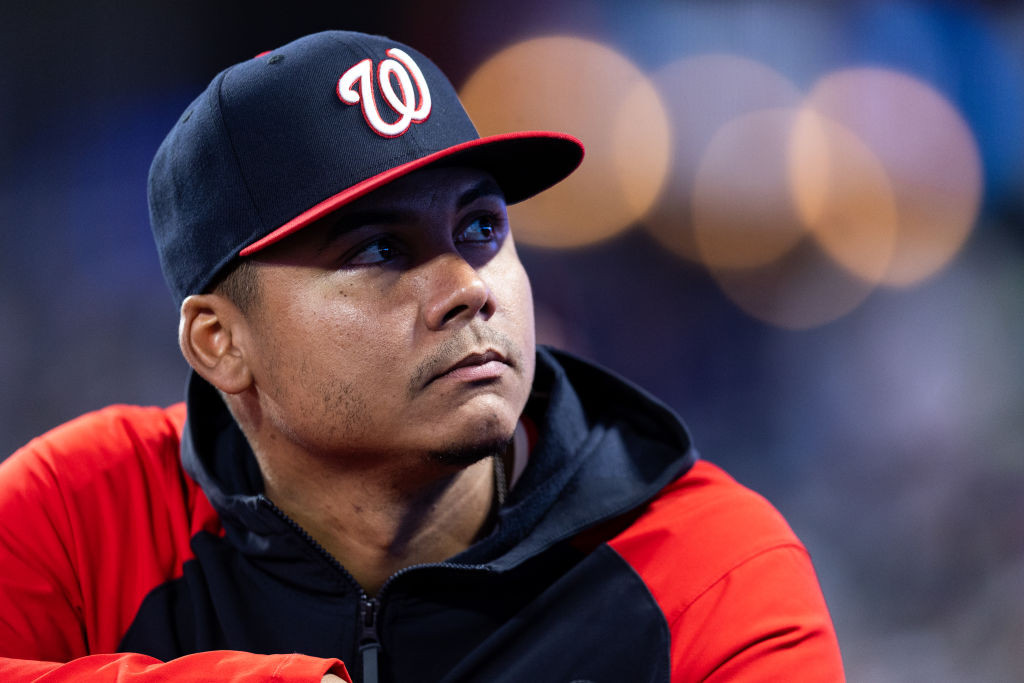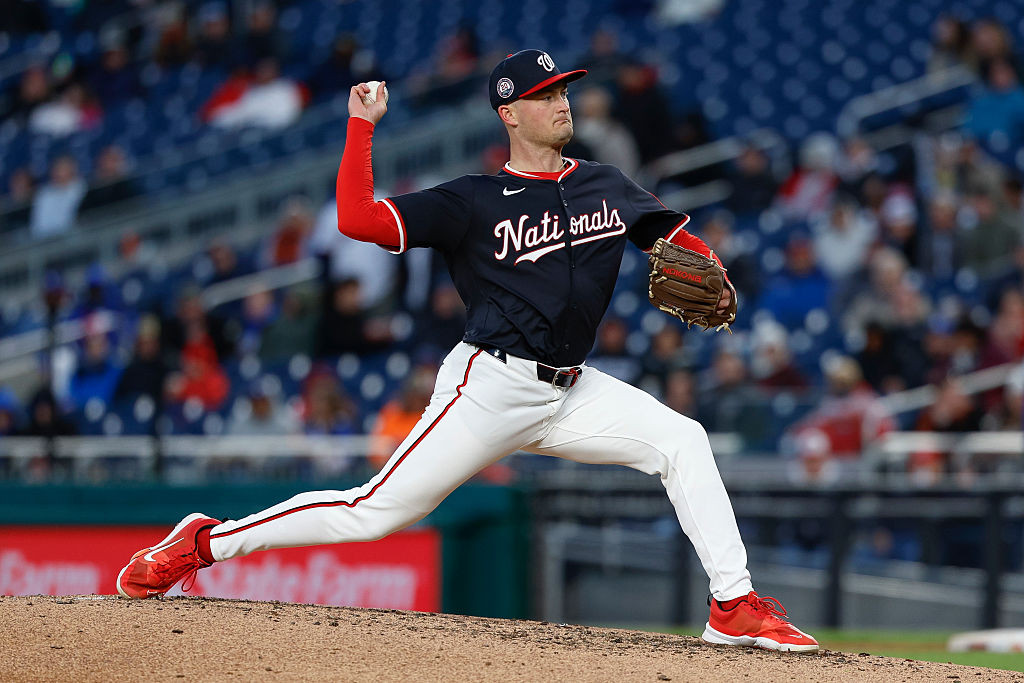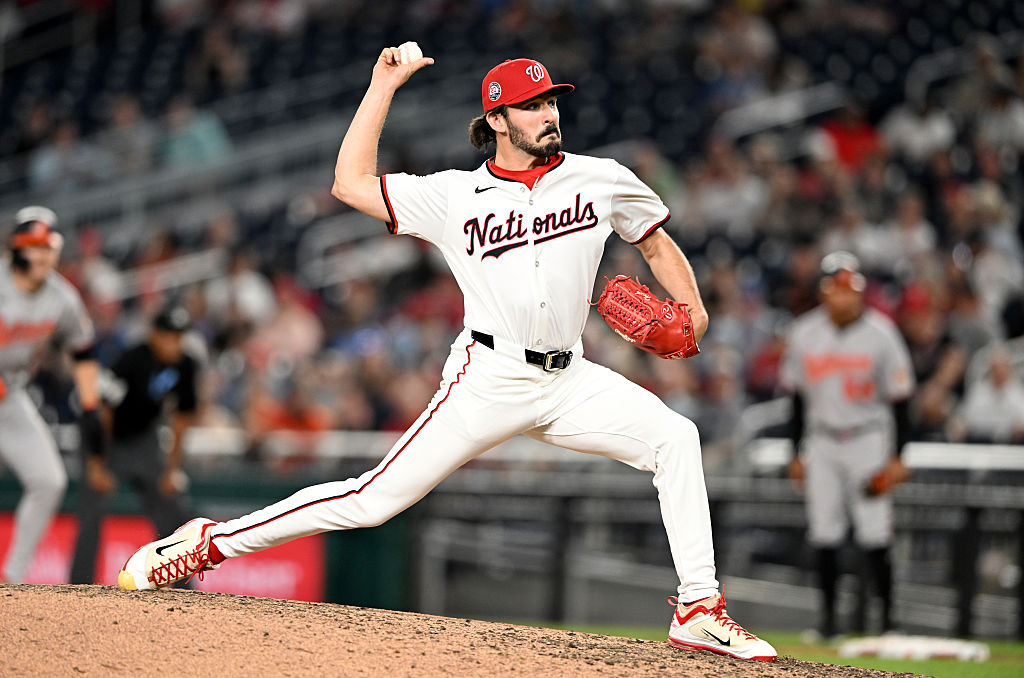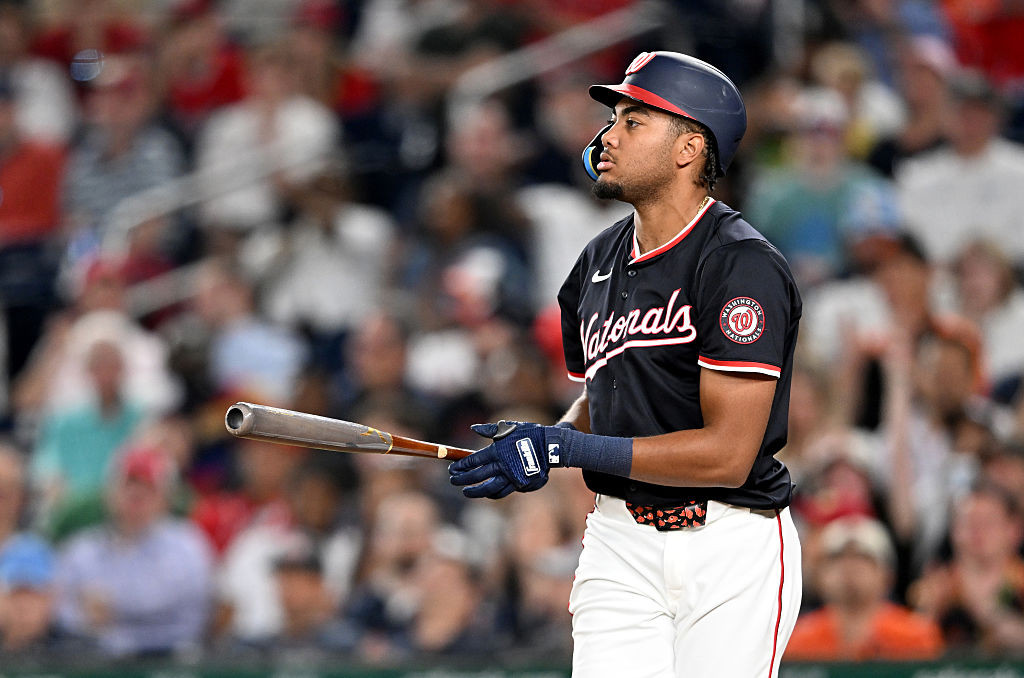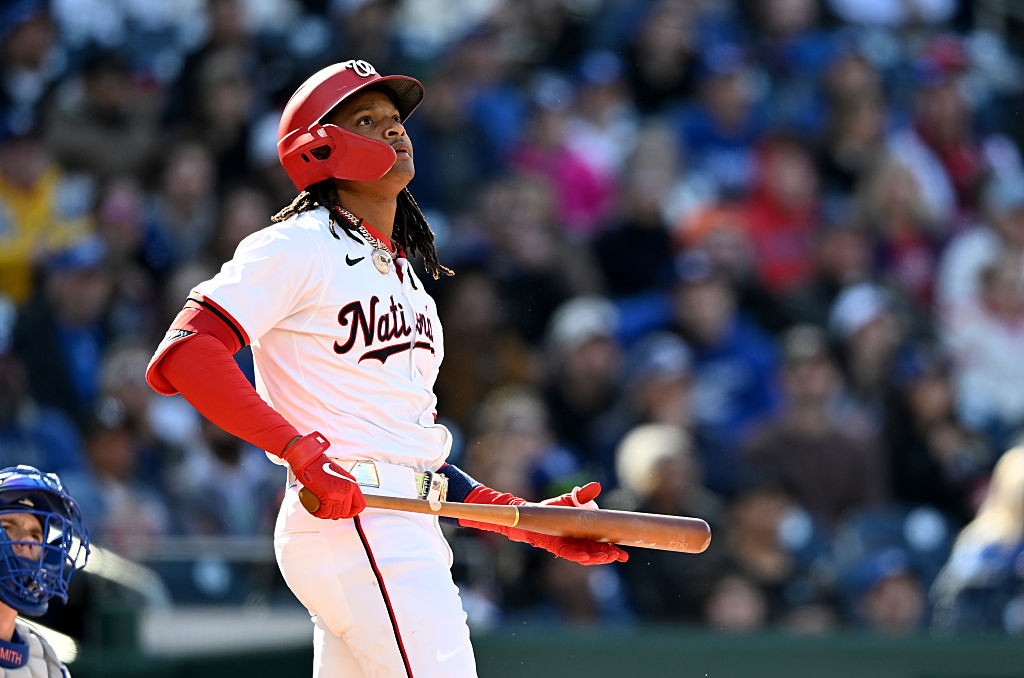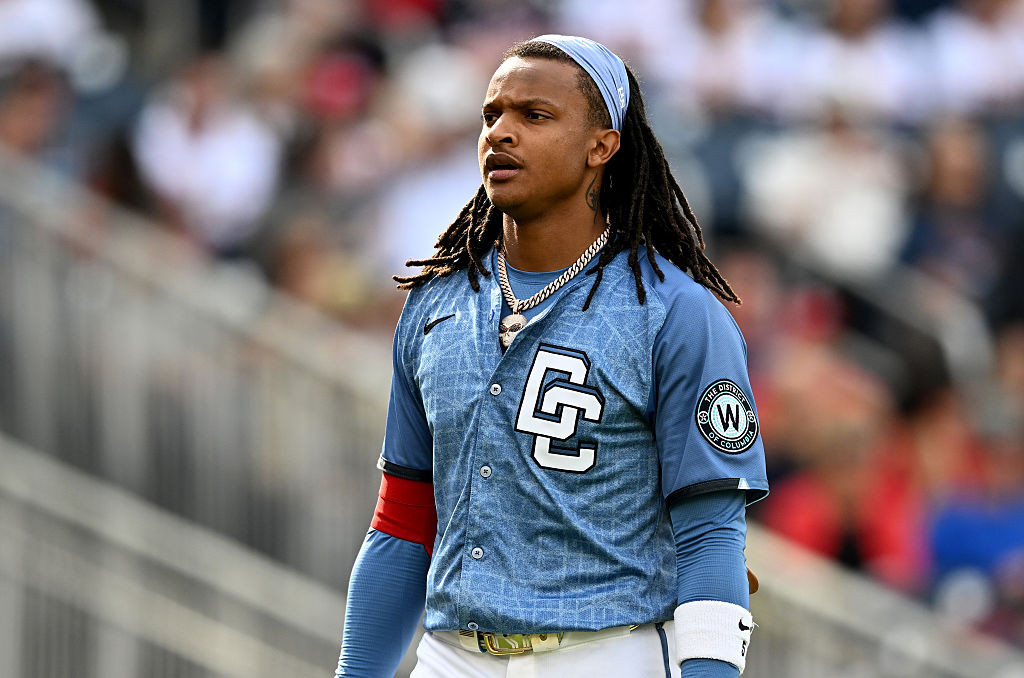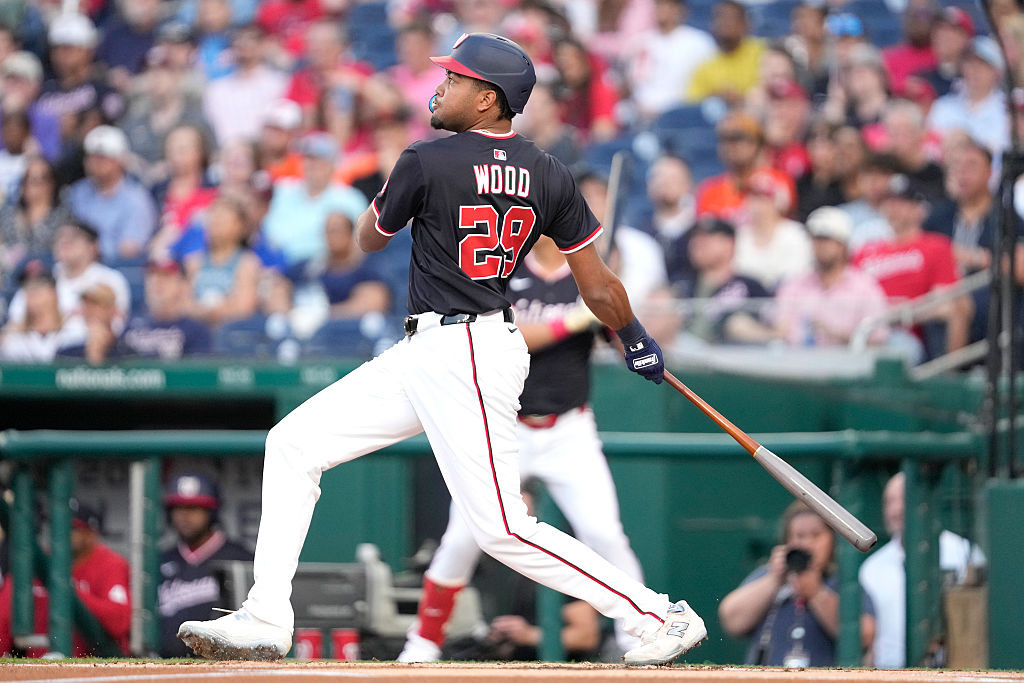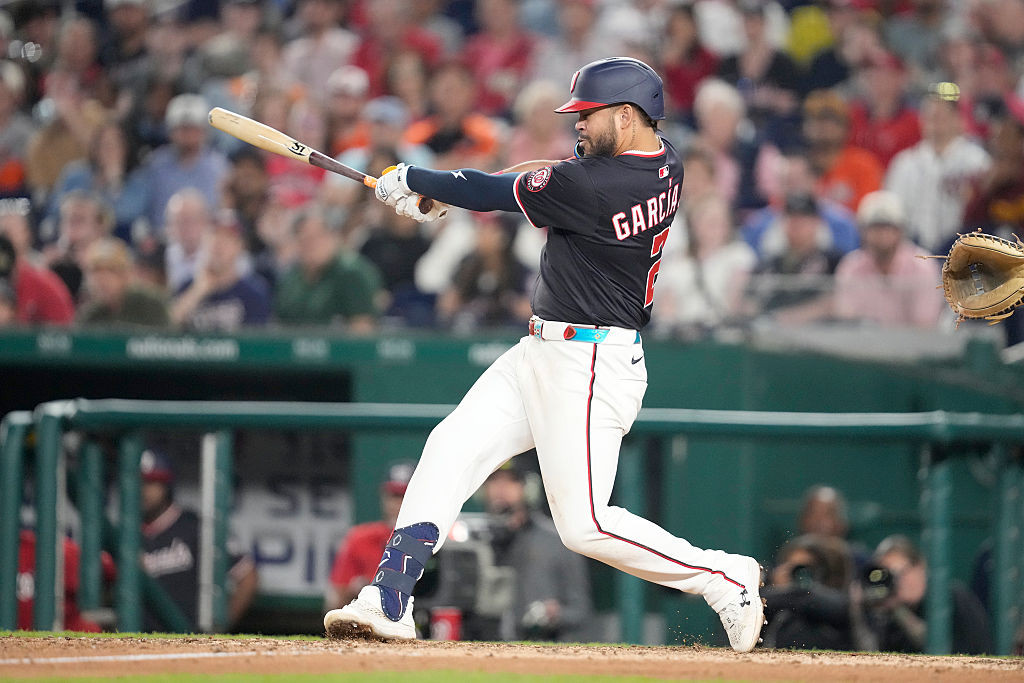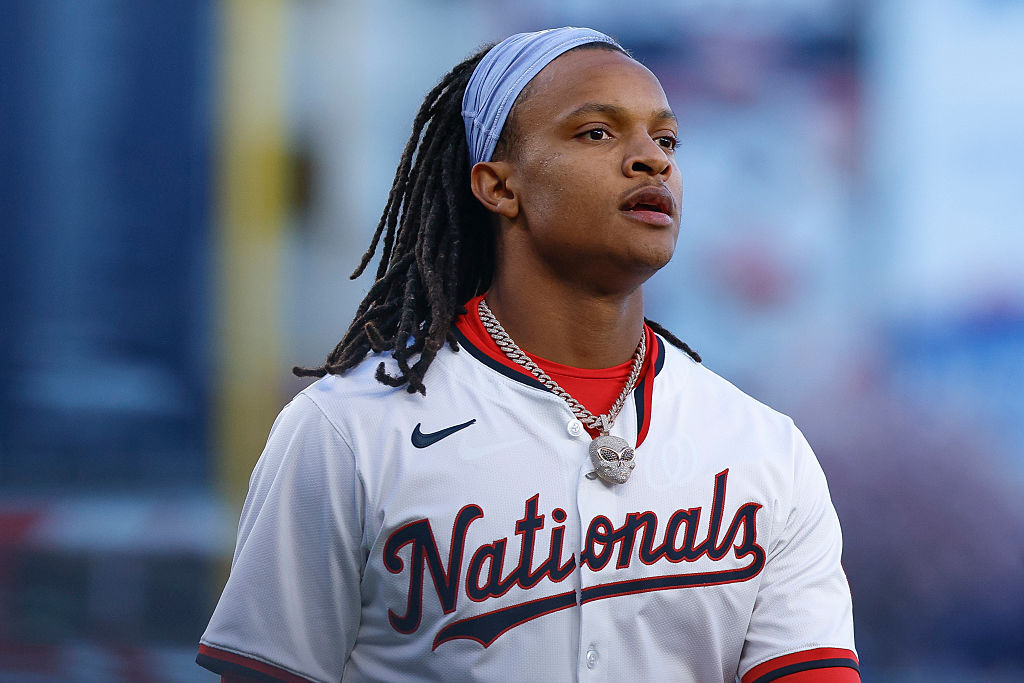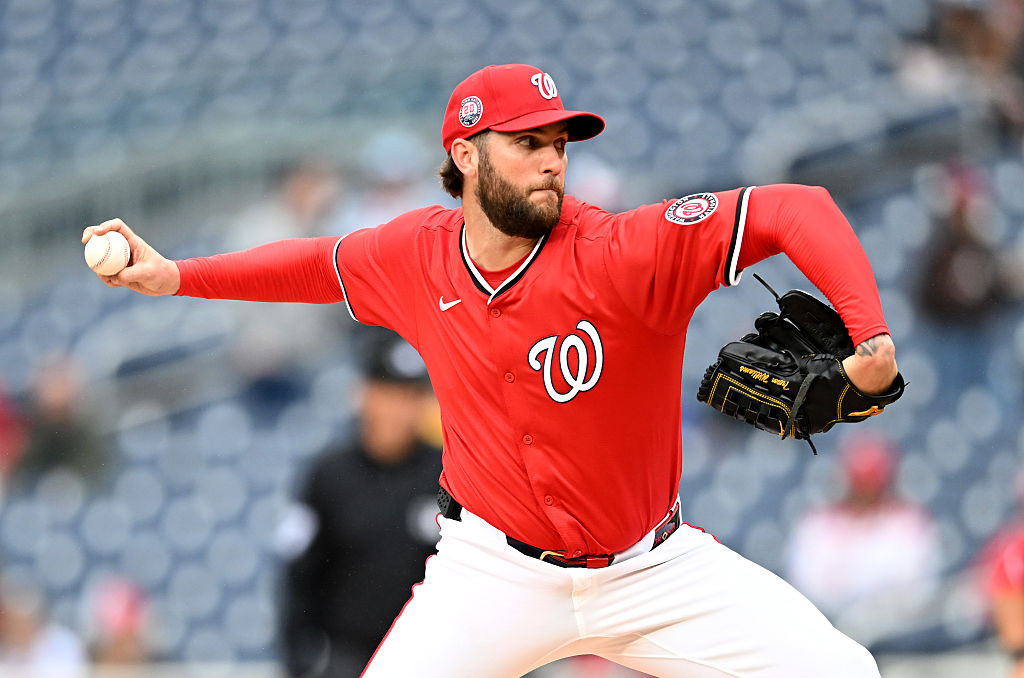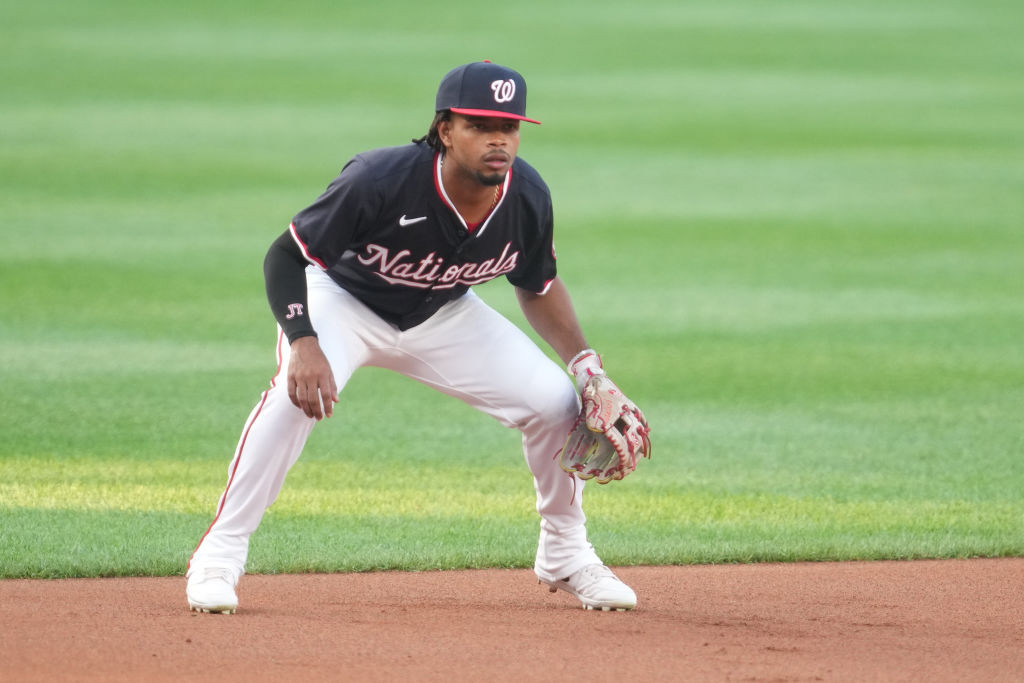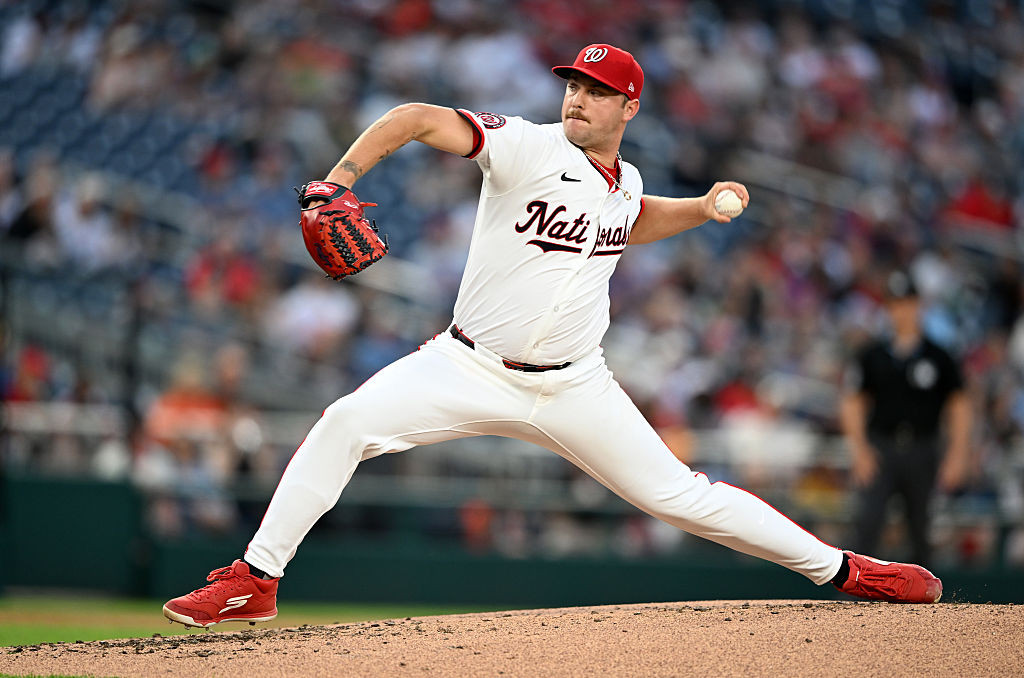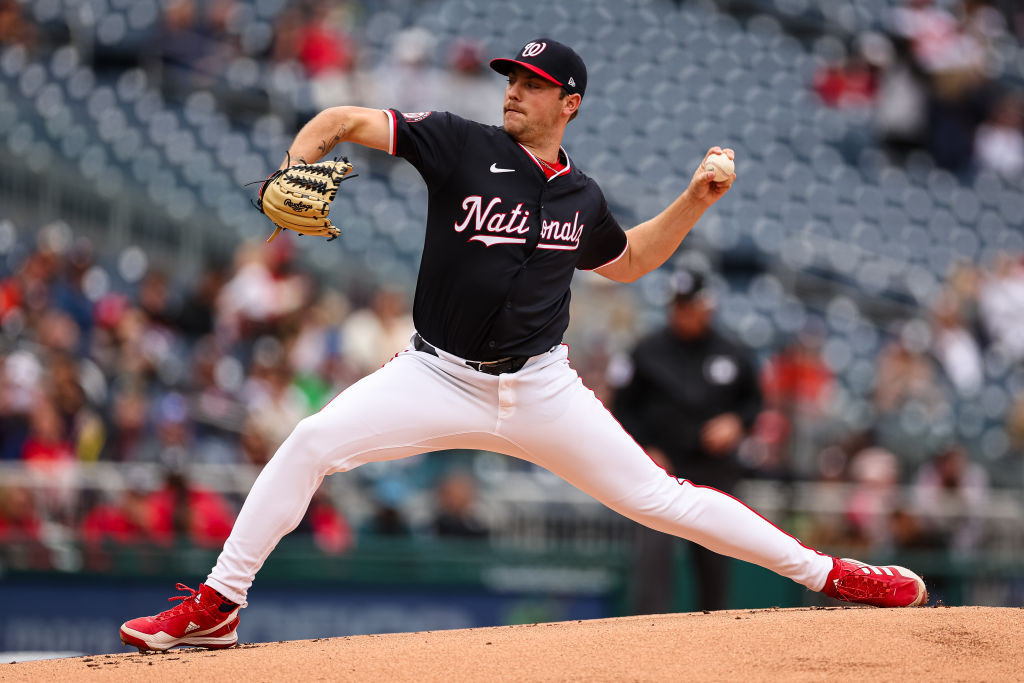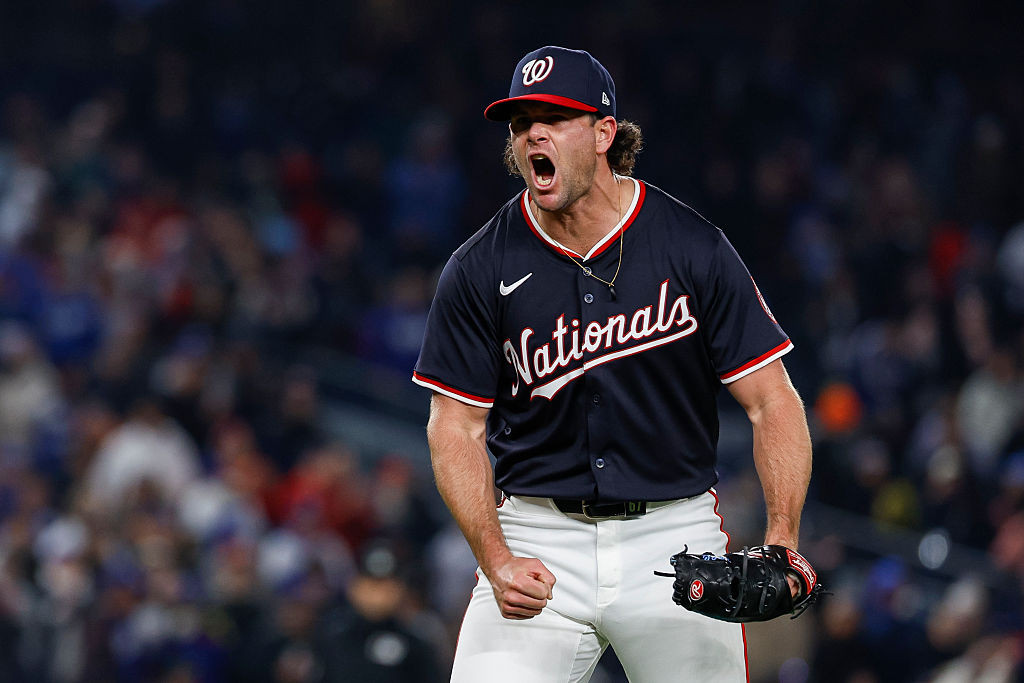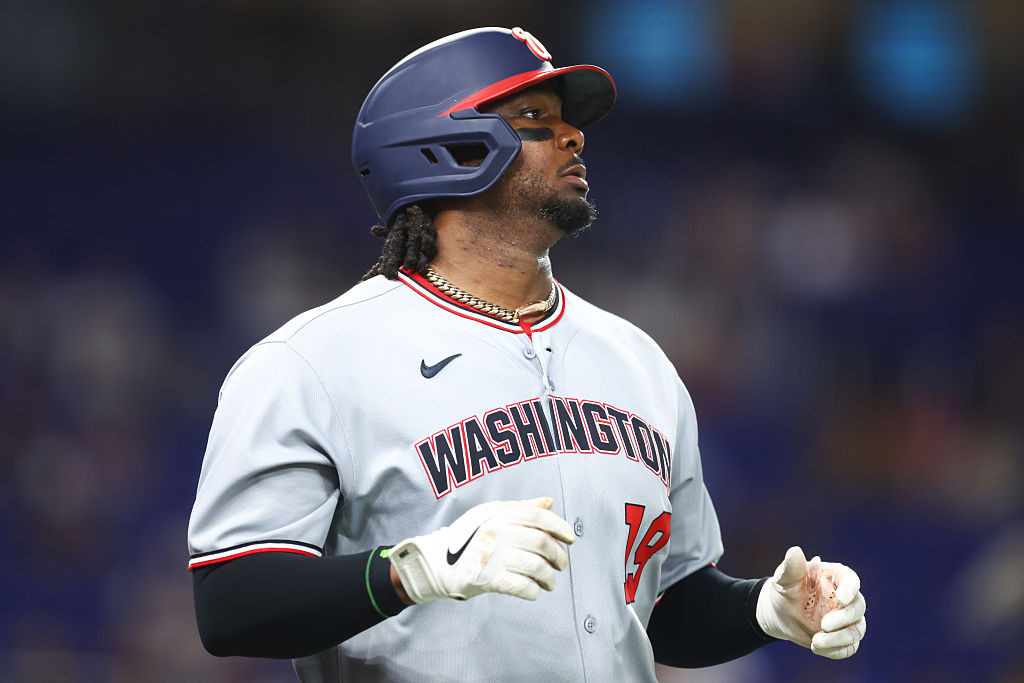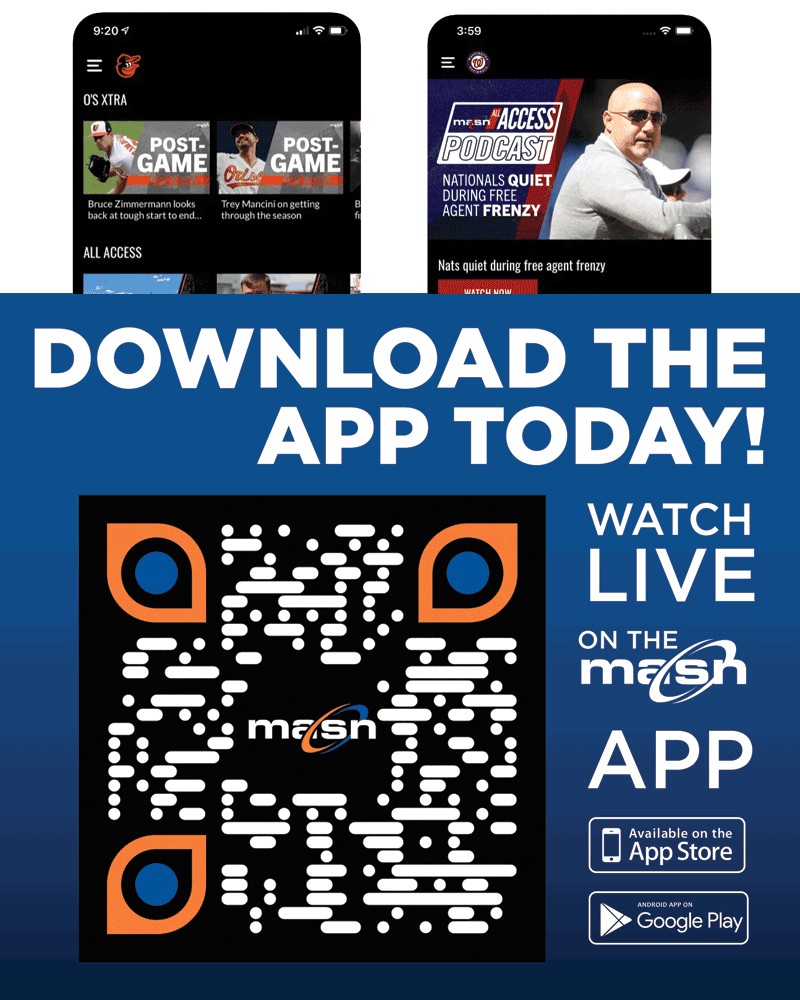It’s never been a question of effort. No matter how many games under .500 they were the last three seasons, the Nationals always showed an ability to get themselves back in games that felt lost. They always seemed to bring the tying run to the plate in the ninth, giving their perpetually optimistic manager reason to be “proud of the boys for battling.”
At some point, though, those moral victories had to turn into actual victories. Battling back wasn’t going to be good enough forever. The Nats needed to prove they could get over the hump and finish the job.
So when they found a way to do it this weekend, not just once but twice against a division rival that happened to dominate them a year ago, there was a different feeling of satisfaction inside the home clubhouse on South Capitol Street.
“We’ve always been able to fight,” catcher Riley Adams said. “We’ve always been able to scratch and claw like that. We have great guys in the clubhouse, and everyone’s pulling for each other in these moments. It’s cool to see it pay off.”
Oh, did it pay off this weekend. Two days after storming back in the bottom of the ninth to beat the Mets in Friday’s series opener, the Nationals did it again this afternoon. In even more impressive fashion. Down six runs in the seventh inning, they stormed back to tie and ultimately beat the National League East leaders, 8-7, in dramatic, walk-off fashion.




